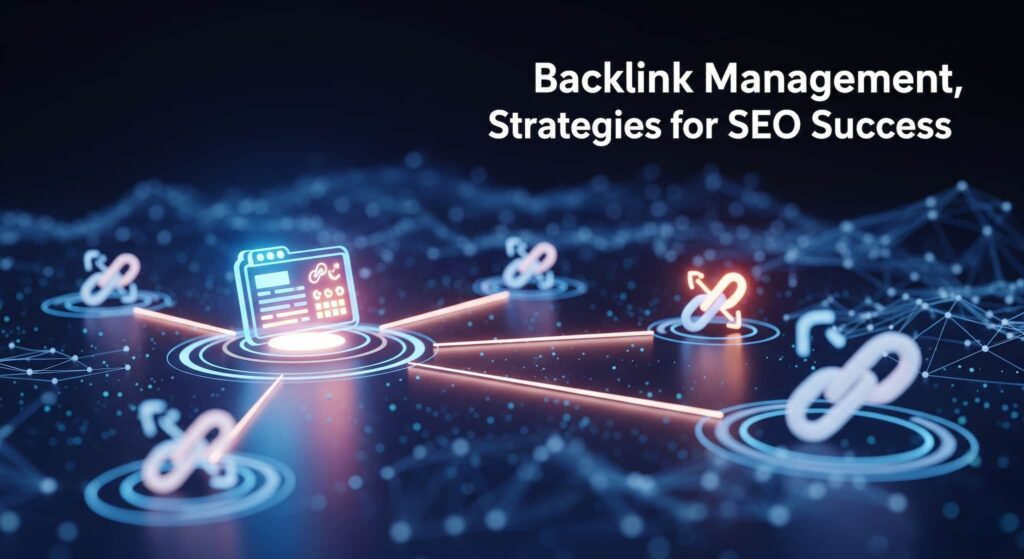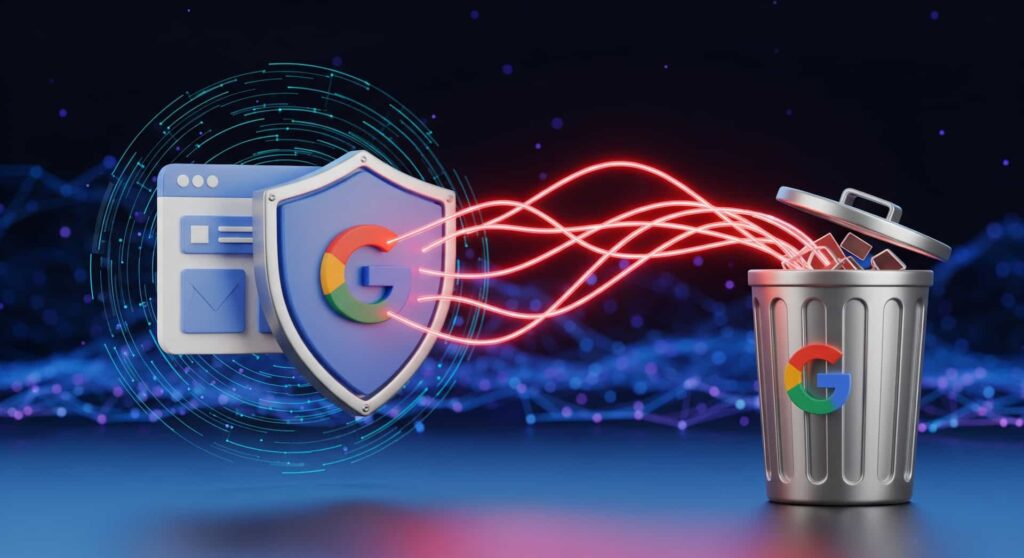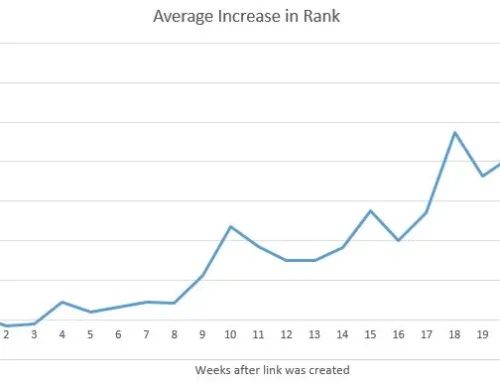
For years, we’ve all heard that backlinks act like “votes of confidence” for your website. When you get more votes from good sites, you rank better on Google. That’s still true. In fact, the top-ranking pages in Google have almost four times more backlinks than pages in spots two through ten, highlighting the importance of backlinking.
However, AI is changing the game. People now use tools like ChatGPT and Google’s AI Overviews to find information. Today, AI also uses backlinks as training data to learn who the experts are. Each good link serves as a citation that helps an AI understand your brand.
Our goal is shifting from simply climbing the ranks to ensuring AI sees us as a trusted source. Many now call this Generative Engine Optimization (GEO), and it’s a core part of any modern SEO backlink strategy.
What makes a backlink actually good in 2025?

The old saying “quality over quantity” has never been more important. You need to concentrate on what makes a link valuable because Google’s AI spam-fighters, such as SpamBrain, are very good at ignoring low-quality links. These elements are given top priority in the best backlink strategy.
- Relevance. A link from a small, super-relevant blog in your niche can be way more powerful than a link from a huge, unrelated website
- Authority and trust. You want links from sites that have strong E-E-A-T.
- Real human traffic. A link on a page that gets many visitors can send a stream of interested people your way, which is a major goal for backlinks marketing.
- Natural anchor text. The clickable text of a link (the anchor text) should look natural. A healthy profile has a mix of your brand name, phrases related to your keywords, and generic text like “click here”.
The first step
Jumping into building new links without checking your existing ones is like building a house on a shaky foundation. A quick audit gives you a clear picture of where you stand and helps you build a smart backlink building strategy from data. An effective backlink strategy for SEO always starts with a thorough review.
When you’re doing an audit, a few key metrics will tell you most of what you need to know:
- Referring domains. This is the number of unique websites linking to you. It’s much better to have 100 links from 100 different sites than 100 links from just one site.
- Link velocity. This is just a fancy term for how fast you’re getting new links. A sudden, massive spike can look suspicious to search engines, so a natural, steady pace is best.
- Dofollow vs. nofollow ratio. Dofollow links pass ranking authority, while nofollow links traditionally don’t. A natural backlink profile has a mix of both.
- Spam score. Most SEO tools will give you a “spam” or “toxicity” score for your links. This helps you quickly spot links from shady websites that might be worth a closer look.
Your go-to toolkit
You can’t manage what you don’t measure, so you’ll need a few tools. You need good software to manage your backlinks:
- Google Search Console (GSC): This is a free tool from Google, so you have to have it. It shows you who links to you, and if you ever need to, it’s the only place to send a disavow file.
- Ahrefs, Semrush, Moz, and Majestic: They give you deep data on your backlinks and your competitors’ links. Many consider them the top backlink services available.
Here’s a simple table to help you compare them:
|
Tool |
Key Backlink Features |
Best For |
Pros |
Cons |
Starting Price |
|
Google Search Console |
Links Report, Disavow Tool |
Basic monitoring and disavowing bad links. |
Free data comes from Google. |
Limited data, no competitor analysis. |
Free |
|
Ahrefs |
Huge backlink index, Site Explorer, Link Intersect |
Deep competitor analysis and link audits. |
Massive, fresh data and a user-friendly design. |
Can be pricey. |
$99/month |
|
Semrush |
Backlink Analytics, Audit Tool (Toxicity Score) |
An all-in-one SEO platform with great competitive tools. |
Great for finding toxic links, part of a full SEO suite. |
The interface is a bit complex for newbies. |
$129/month |
|
Moz |
Link Explorer, Domain Authority (DA), Spam Score |
Assessing domain authority and finding spammy links. |
User-friendly, great for beginners. |
Its link database isn’t as big as Ahrefs’ or Semrush’s. |
$99/month |
|
Majestic |
Site Explorer, Trust Flow & Citation Flow |
A specialized tool for deep-diving into link quality. |
Has unique and respected metrics for link quality. |
The interface feels a bit dated. |
$49/month |
Dealing with bad links (and when to leave them alone)

Google’s Disavow Tool lets you tell Google to ignore certain bad links. But use it with caution! Most of the time, Google is smart enough to ignore spammy links on its own.
When should you disavow?
Only in two specific situations:
- You’ve received a manual penalty from Google for unnatural links.
- You’re the target of a negative SEO attack (a sudden flood of thousands of spammy links). For the occasional weird, spammy link, it’s best to just leave it alone.
How do you do it?
If you absolutely have to, you create a simple text file with the domains you want Google to ignore and upload it through the Disavow Tool. Just know that it can take weeks or months for Google to process it.
Keeping your profile healthy
A lot of successful backlinks marketing involves protecting the links you already have. Links can disappear over time, so a little proactive maintenance goes a long way. These backlink tactics are essential:
- Get your lost links back: Links get removed for all sorts of reasons. Use a tool like Ahrefs to find “Lost Links”. If you spot a valuable one that’s disappeared, send an email to the site owner and ask if they’d consider putting it back.
- Fix broken links: If a site links to a page on your site that doesn’t exist anymore (a “404 error”), that link loses its value. Look for these broken links and set up a 301 redirect to the live page that is most relevant.
- Claim your brand mentions: Make a Google Alert for the name of your brand. If you find an unlinked mention, send them a nice email thanking them for the mention and asking them if they would be willing to add a link.
Your simple backlink management checklist
Ready to put this all into practice? To understand what is backlink strategy in action, follow this simple schedule.
✅ Weekly:
- Check for new and lost backlinks.
- Look for unlinked brand mentions and send out a few friendly emails.
✅ Monthly:
- Run a backlink gap analysis against a top competitor to find new targets.
- Check your link velocity to make sure growth looks natural.
✅ Quarterly:
- Do a deeper audit of your backlink profile to check its overall health.
- Find and fix any broken inbound links.
✅ Ongoing:
- Keep working on your backlink building strategy. This includes creating great content, pitching guest posts, or answering HARO queries.
Frequently asked questions
What kind of links should I be trying to get now?
A link from a small, respected blog in your specific niche is often way more valuable than a link from a big site. So, focus on earning links from sites that are genuinely trusted and relevant to what you do.
What’s the most important thing to remember about link building now?
The best way to get high-quality links is to create genuinely useful, interesting, and authoritative content that people want to link to.



